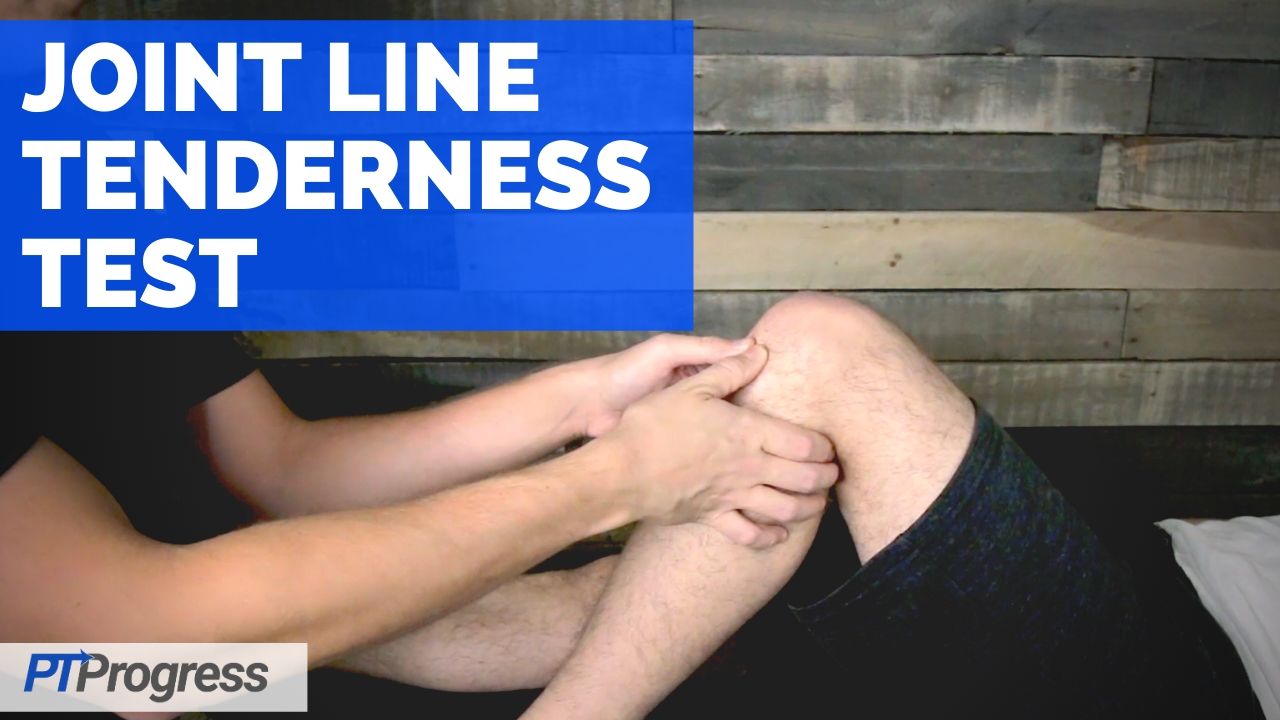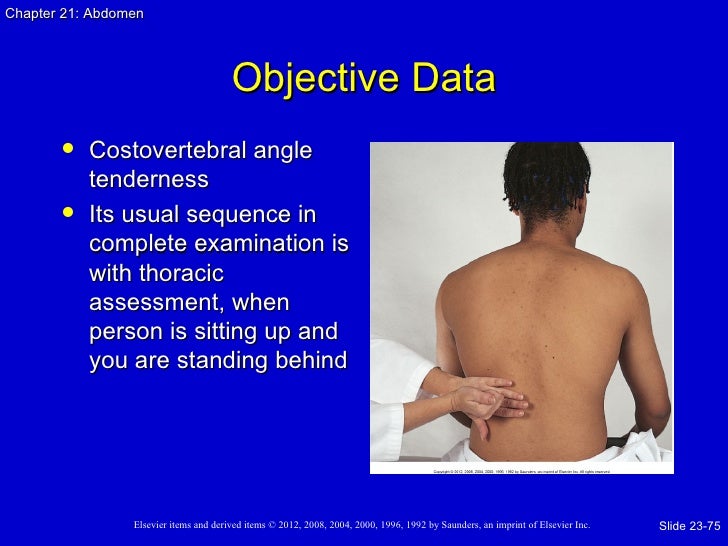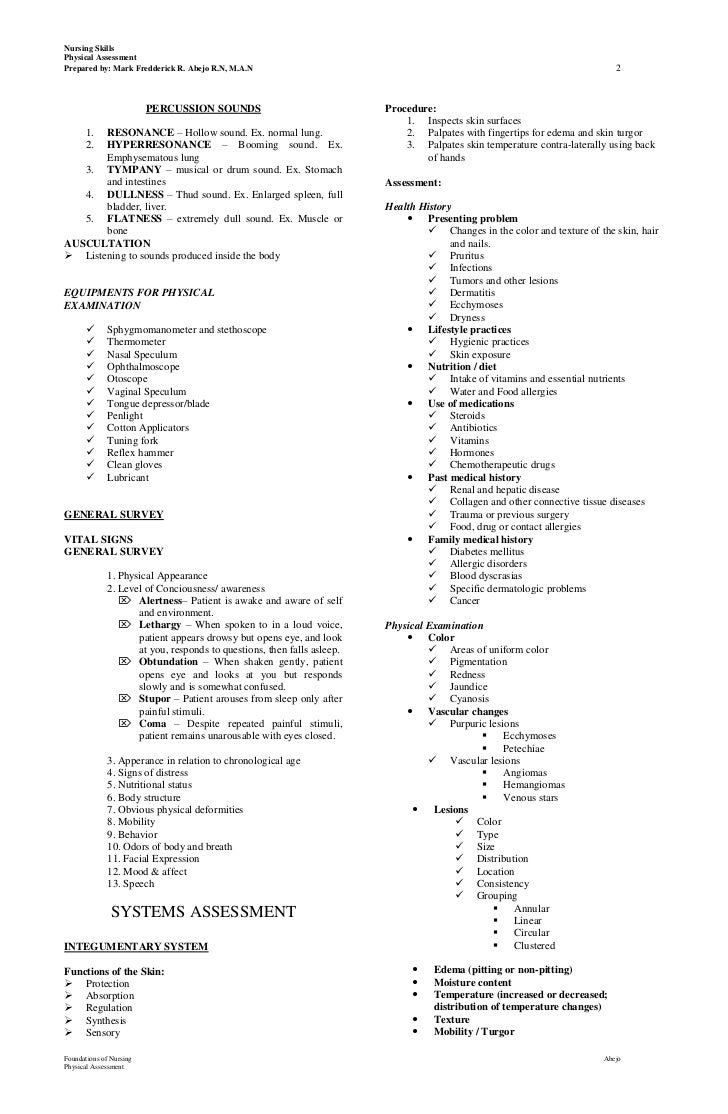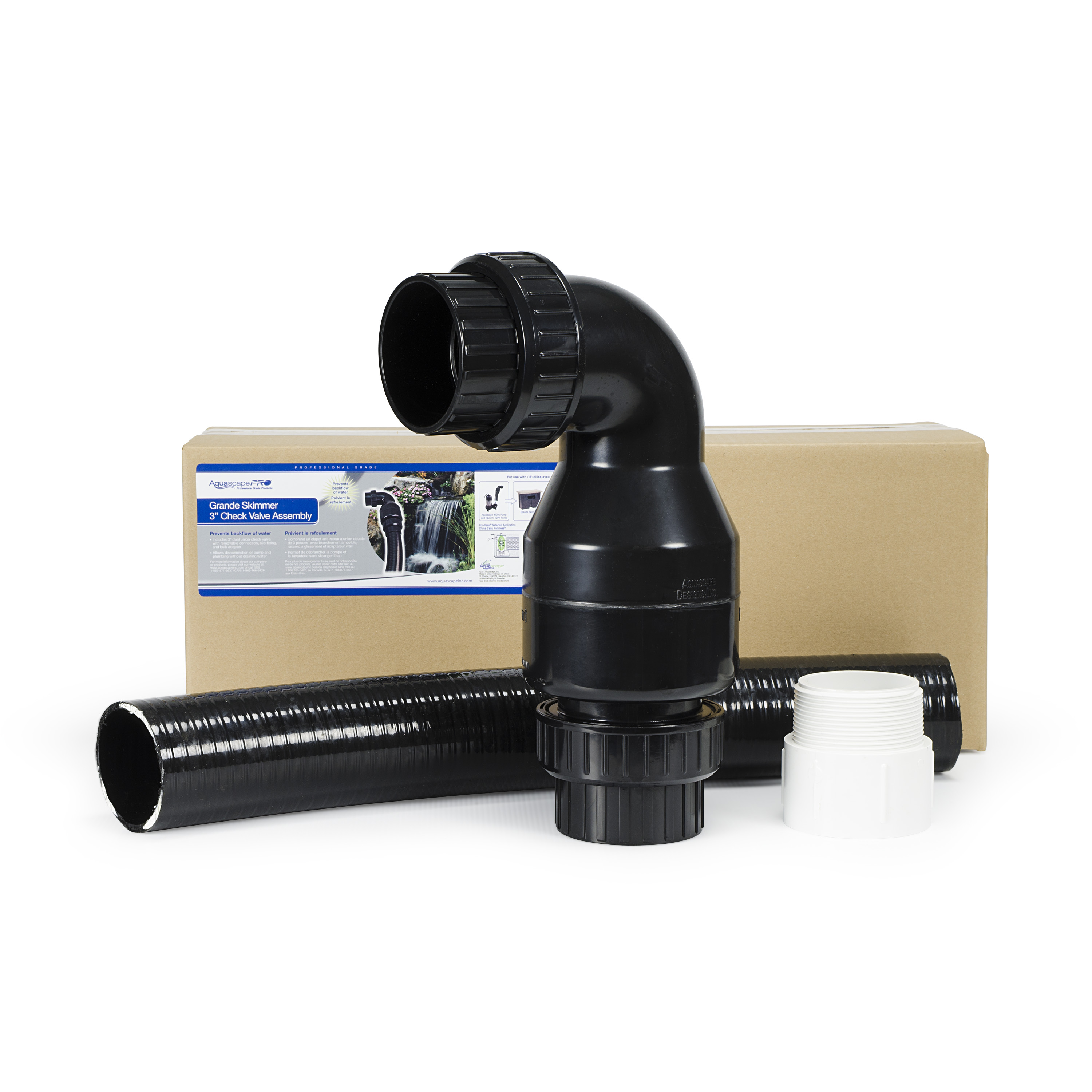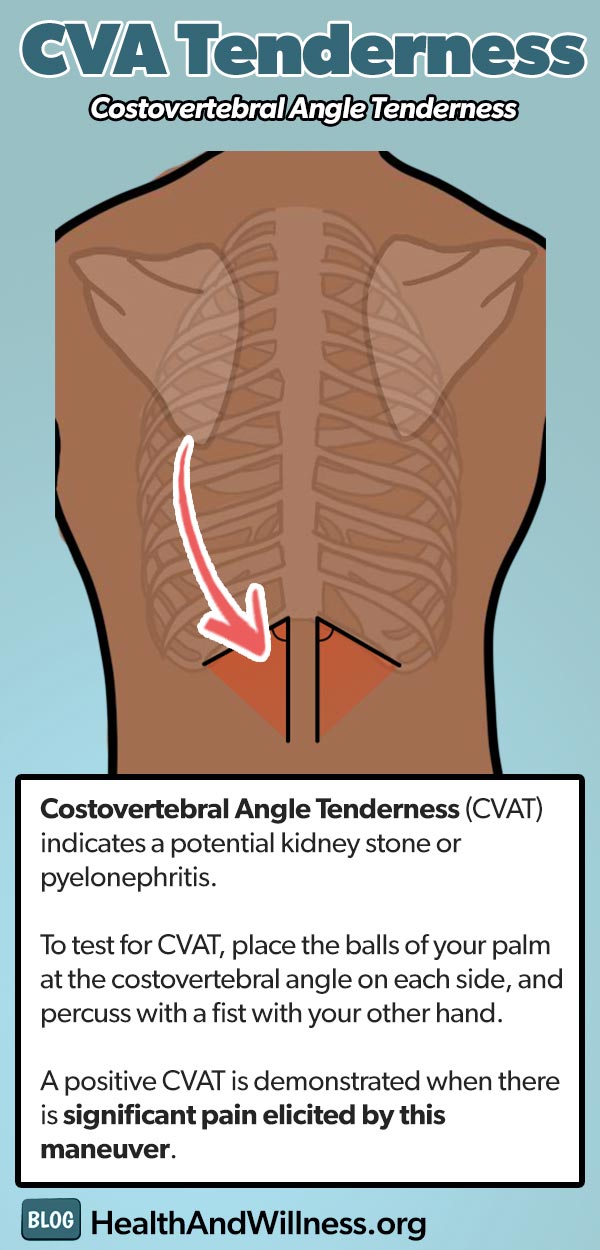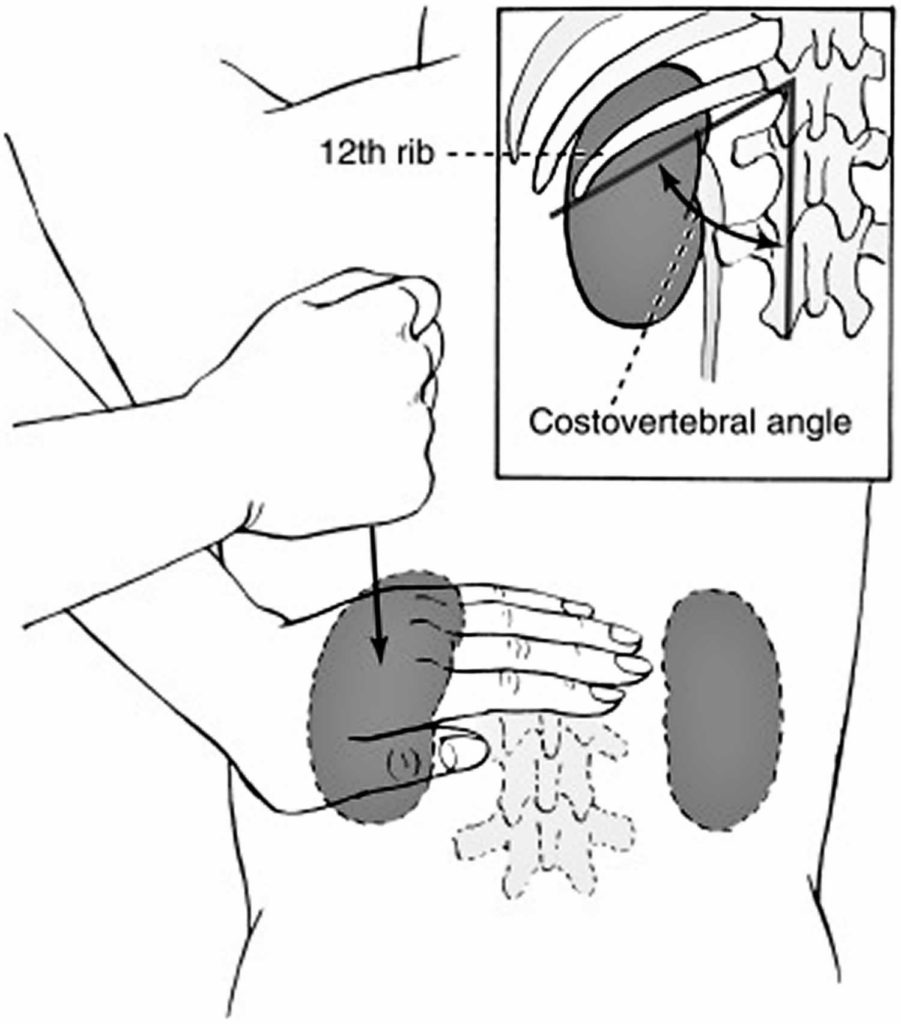Brilliant Tips About How To Check For Cva Tenderness
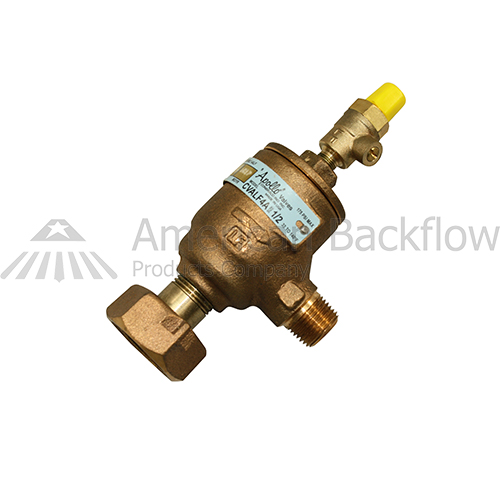
Explain to the sp that you are going to pound on his back to see if there is any tenderness around the kidney area.
How to check for cva tenderness. Ask the patient to either sit up or lie down. Important points as you do the cva tenderness: Costovertebral angle tenderness (cvat) is a widely used physical examination maneuver to differentiate renal pathology, such as pyelonephritis and ureteral stones.
Cva tenderness cannot be used as a single diagnostic indicator to confirm or exclude ureteral stone diagnosis. How to assess cva tenderness knowledgebase tools: Physicians conduct the murphy’s punch sign test by gently tapping on the cva angle to assess for tenderness.
Position yourself to the patient’s back (posterior). Learn how to assess for costovertebral angle tenderness, also called cva tenderness, in patients who are suspected of having a kidney infection. How to test for cva tenderness.
The decision to treat relies on a combination of history, physical examination, and laboratory. In a patient with flank pain or tenderness (with or without fever) plus a urinalysis showing pyuria, bacteriuria, or both (with or without voiding symptoms), pyelonephritis is an. To perform this test, the physician would follow the steps given below:
The palpable tenderness experienced upon touching the costovertebral angle, known as cva tenderness, unveils a trove of. The cva is formed by the 12th rib and. Cva tenderness can be checked by tapping on the cva angle.
This can be done using the fingers or the. Sampling and evaluation of voided urine in the. How to check for costovertebral angle tenderness.
No single finding is diagnostic of acute pyelonephritis. Costovertebral angle tenderness exam (cva tenderness exam) assessment for possible kidney infection. To test for cva tenderness, the examiner placed one hand over the region inside the cva and tapped that hand gently with the closed first of the other hand.
Careful evaluation and subsequent diagnostic. If gentle pressure does not elicit tenderness, the examiner places one hand over the region inside the cva and taps that hand gently with the closed fist of the other hand. Showing results for cva (stroke) tenderness.
Costovertebral angle (cva) tenderness is pain that results from touching the region inside of the costovertebral angle. Find the cva by assessing for the 12 th rib and the spine….just below the 12 th rib in between the spine is the angle. During a cva tenderness exam, a healthcare provider will apply gentle pressure on the cva region to assess for any pain or discomfort.



